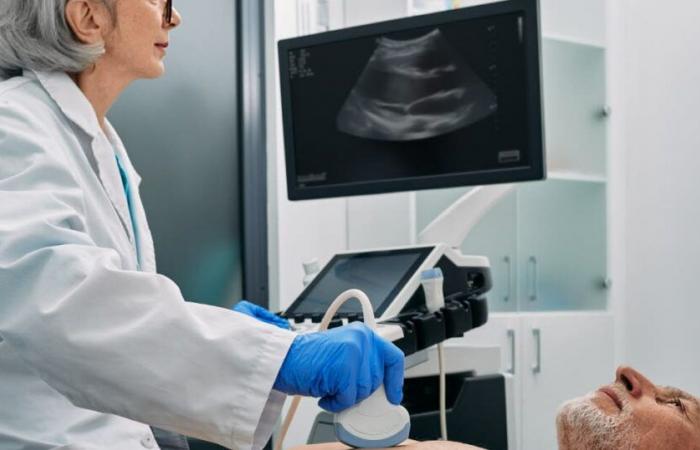The High Authority for Health (HAS) estimates that diagnostic errors concern up to 10% of clinical interactions between patients and doctors.
The HAS defines diagnostic error as the failure to provide an accurate and timely explanation of the patient’s health problems (including delayed, incorrect or missed diagnoses) or to communicate it correctly (a correct diagnosis was available but did not been transmitted to the patient).
The rate of diagnostic errors varies depending on the type of care and specialty
In emergency rooms, an estimated 1 in 18 patients receive an incorrect diagnosis. In adult outpatient medicine, the diagnostic error rate reaches approximately 5%. But this rate varies depending on the pathologies and specialties: it remains less than 5% in dermatology, imaging or pathological anatomy, but is 10 to 15% in other specialties.
The three main areas of diagnostic error are serious vascular diseases, infections and cancers, with the rate of missed diagnoses ranging from 2.2% for myocardial infarction to 62.1% for spinal abscess! The errors often concern common pathologies, which can be surprising.
What causes a diagnostic error?
The diagnostic error often depends on different causes. These are systemic (procedures, teamwork, communication) but also “cognitive”, when the doctor stops his diagnostic thinking too early.
But the main cause of diagnostic error, according to the HAS, is simply linked to the fact “that doctors do not recognize what they do not know”.
In addition to theoretical knowledge, diagnostic errors can result from gaps regarding:
– Clinical know-how;
– Interpretation of exams;
– Medical reasoning;
– Cognitive influences (biases linked to the way of thinking)
– Patient-related factors (language barrier; communication problems; the patient does not share all the data with the doctor).
They can also be caused by faults in communication within the team, organization, monitoring of medical files, but also by an overload of work, or even flaws in the computerized patient file.
There are also factors linked to additional examinations (unavailable, logistical problems, linked to false positive or negative tests, doubtful interpretation, etc.), or even to stress factors for nursing staff (time constraints, discontinuity of care, etc.)
Finally, there are risk factors linked to the disease, such as atypical clinical presentations, unexplained inconsistencies, unexpected coincidences, non-specific symptoms, etc.
Some results may also mask another diagnosis. A rapid progression of symptoms, a benign appearance or a slow and attenuated course can also be misleading.
What are the consequences for the patient?
The problem includes not only delayed and missed diagnoses, but also the cost, redundancy and ineffectiveness of diagnostic procedures, without neglecting the risk of overdiagnosis and its consequences.
In the absence of French figures, the HAS relies on American data where diagnostic errors cause 424,000 permanent disabilities and 371,000 deaths per year, representing 14.1% of total mortality and 25% of deaths by medical error.
Diagnostic errors affect at least 1 in 20 adults each year. About 64,000 of these deaths are preventable. In Australia, diagnostic error is involved in one in 100 hospital deaths.
The doctor does not emerge unscathed from a diagnostic error
Physicians often perceive diagnostic errors as personal failures, generating feelings of shame, worthlessness and loss of confidence, rather than as a signal to explore underlying systemic or cognitive causes.
In addition to the repercussions for the patient, the agency highlights the significant societal consequences, as well as the psychological and professional impacts for the doctor.
In France, half of medico-legal procedures involving general practitioners are due to diagnostic errors.
Faced with this observation, HAS proposes actions to detect and measure diagnostic errors: reporting by doctors and patients, analysis of medical records and data warehouses, and development of diagnostic quality and error indicators.






